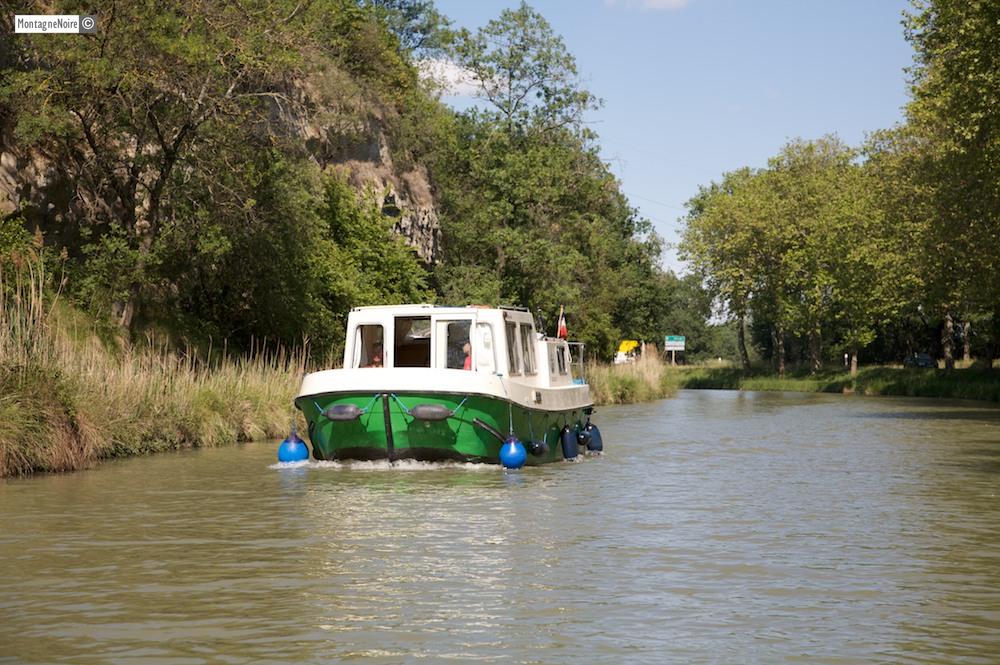Canal du Midi
Cruising the Canal du Midi from the Atlantic to the Med
Pierre Paul Riquet, the creator of the Canal du Midi, was born in 1609 in Beziers. He started his working life as a tax collector and ended up as France's top engineer on familiar terms with King Louis 14th. Riquet was indefatigable and gifted with a formidable imagination and a spirit of enterprise. He was also endowed with wisdom, being a good leader of men and at the same time irritable, solitary and unable to delegate even the simplest task. Many engineer had scratched their heads over the problem of continuing the course of the canal, which ran alongside the Garronne river from Bordeaux to Toulouse, through the Midi to join the Mediterranean at Etang de Thau. What perplexed them was the problem of the water supply through the hot dry Midi. In 1648 Riquet moved to Revel, in the extreme north west of the Monagne Noire, near Toulouse. He was convinced that the plentiful waters of the Montagne Noire could be harnessed to feed the rest of the canal. It was whilst watching a fountain on the Plateau of Narouze that Riquet had his Eureka moment. A stone fell from the coping and seperated the fountain. Riquet saw, to his surprise, that the water ran in two directions, to the west and to the east. The Montagne Noire was a watershed. He immediately saw how the waters could be harnessed in huge lakes. Although far from rich Riquet used his own money to construct the streams to lead the water in the right direction. Fortunately the King also had a Eureka moment and coughed up the money to build the canal. The building took 14 years and the canal was finished in 1660 just a few months after the death of Pierre Paul Riquet in Toulouse. Engineers still wonder today at the ingeniousness of the water supply, the amazing bridges, dams and the many locks built in such a short time without today's technology. It was first known as the Royal Canal but later, to suit revolutionary sensibilities, it was changed to the Canal du Midi. It was also known as the Canal des Deux Mers. At first the Canal du Midi boosted trade between the Atlantic and Mediterranean and farther afield. It is said the, thanks to the canal, trade tripled and quadrupled in a few years. It is now used by holiday craft and its towpath provides a place for runners, walkers and cyclists. Many of the pleasure craft for hire also provide bicycles. The Montagne Noire still remains today the cradle of the waters for the Canal du Midi.


